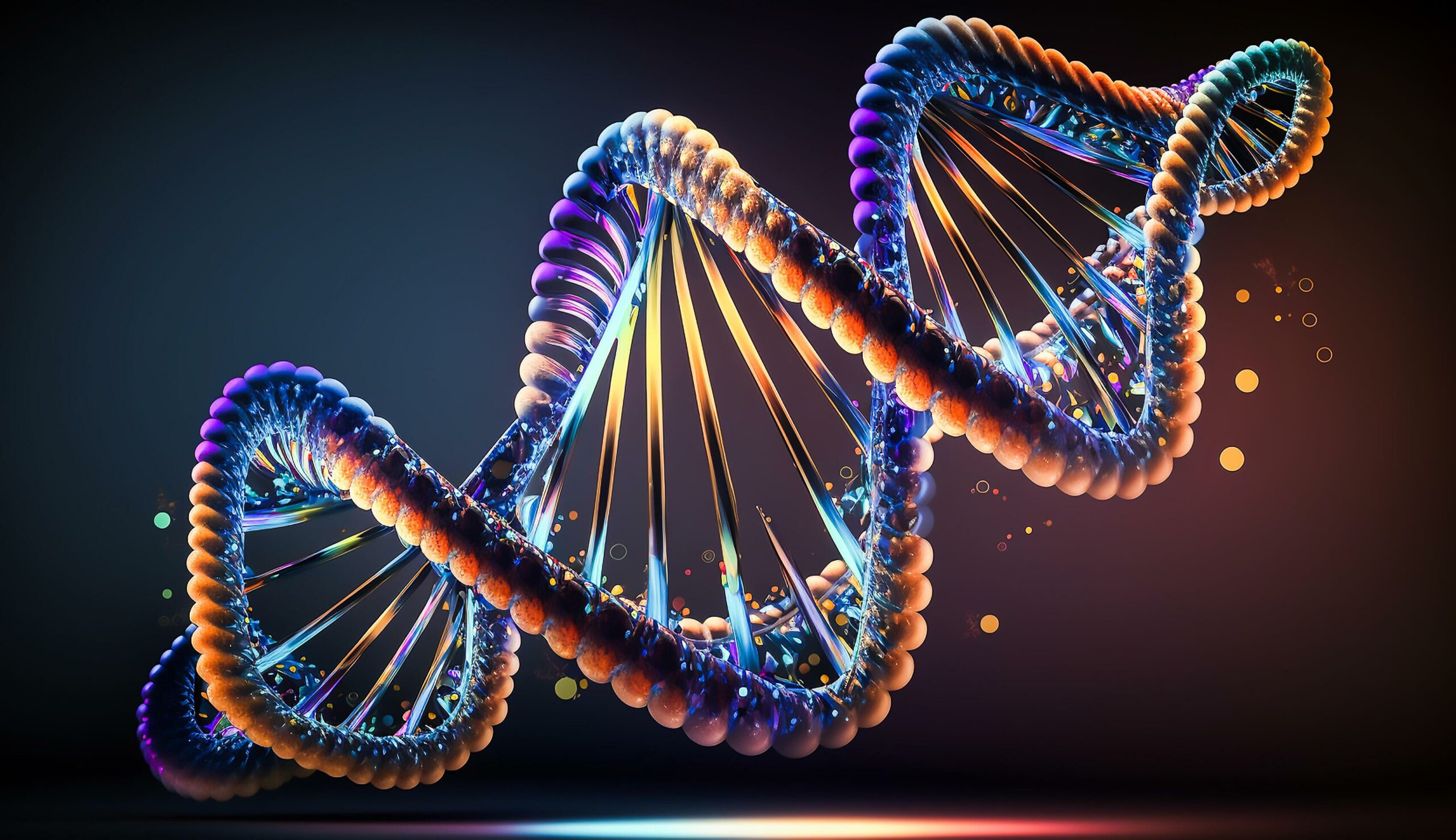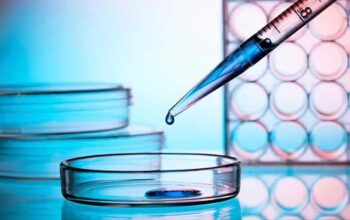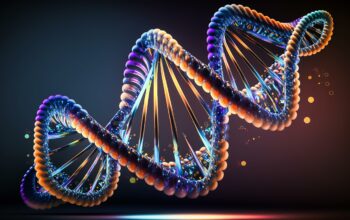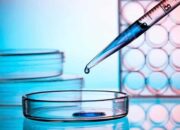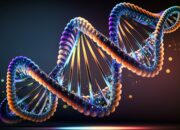In the realm of biological science and information technology, the concept of using DNA as a medium for data storage is emerging as a revolutionary paradigm. Traditional data storage methods, such as magnetic disks and solid-state drives, have served humanity well for decades. However, as the exponential growth of data generation continues to outpace the capabilities of conventional storage systems, researchers are probing the feasibility of utilizing DNA—an intricate molecule that transcends mere biological function—as a formidable repository for digital information. This exploration encapsulates a radical shift in perspective, envisioning DNA not only as the blueprint of life but also as a sophisticated flash drive capable of storing vast quantities of data.
In essence, DNA is a polymer composed of nucleotide sequences, each comprising a sugar, a phosphate group, and a nitrogenous base. The sequence of these bases contains the genetic code necessary for the functioning and replication of living organisms. However, each DNA molecule embodies an astonishing storage capability, with approximately one gram of DNA theoretically capable of holding around one billion terabytes of data. This remarkable density invites comparative analysis, positioning biological memory as a potential alternative to silicon-based storage systems that have physical limitations and longevity concerns.
The implications of this technology extend beyond simple storage capacity. Not only can DNA potentially accommodate unprecedented volumes of information, but it also exhibits extraordinary stability. DNA molecules can endure for millennia under optimal conditions, naturally outperforming contemporary data storage devices that are prone to deterioration and obsolescence. This inherent longevity aligns with the growing demand for sustainable data storage solutions, which grapple with electronic waste and environmental degradation. By harnessing the resilience of DNA, researchers postulate a future wherein data can be preserved for centuries without significant degradation.
Moreover, the biocompatibility of DNA affords numerous opportunities for integration with existing biological systems. As biotechnology progresses, the convergence between digital data and biological entities may unlock groundbreaking applications in fields such as bioinformatics, pharmacogenomics, and synthetic biology. The exploration of DNA as a data storage medium could lead to unprecedented innovations in personalized medicine, where a patient’s genetic information could be seamlessly encoded and accessed alongside their medical history. The synthesis of biological memory might enable real-time monitoring and adaptation of therapies based on recorded genomic data, revolutionizing healthcare delivery.
Despite its promising advantages, the technology surrounding DNA data storage is not without its challenges. The current methodologies for encoding, decoding, and synthesizing DNA require significant advancements to achieve practical and cost-effective scalability. Current techniques involve synthesizing DNA strands that represent digital information through a binary coding system—using the four bases of nucleotides (adenine, cytosine, guanine, and thymine) to encode binary digits (0s and 1s). This intricate process, while fascinating, is still prohibitively expensive and time-consuming. Thus, future research must focus on optimizing these biochemical processes, streamlining synthesis, and enhancing read-write capabilities to realize a viable digital DNA economy.
Furthermore, issues of error rates and data retrieval pose significant hurdles. Unlike conventional digital storage, where data integrity can be maintained through redundancy and error-correcting codes, biological systems are inherently error-prone due to cellular replication processes. Anomalies in DNA sequences during synthesis can lead to data corruption, necessitating the development of robust error correction protocols that can mitigate such occurrences. Addressing these fault tolerance mechanisms is critical for the reliability of DNA storage systems, particularly in high-stakes applications such as healthcare or sensitive data archives.
Innovation also beckons in the regulatory and ethical domains as we venture into the intersection of biotechnology and data storage. Genetic information carries profound ethical implications, especially concerning privacy, consent, and potential misuse. As biological memory systems evolve, society must engage in comprehensive dialogue regarding the ethical frameworks that govern the use of genetic data beyond its traditional biological implications. Policymakers, researchers, and ethicists must collaboratively navigate the complexities of data ownership and consent, ensuring that the transition into biological data storage is marked by responsibility and foresight.
Public perception of DNA technology will also significantly influence its adoption. Historical apprehensions surrounding genetic manipulation and biotechnology may pose barriers to acceptance. Education and transparent communication about the safety, efficacy, and potential benefits of DNA data storage could foster a more informed public. As societies grapple with the consequences of a data-driven existence, engaging individuals in the conversation surrounding the possibilities and ramifications of DNA as a storage medium is paramount.
In conclusion, the vision of utilizing DNA as a flash drive represents a confluence of biological science and digital innovation, fundamentally redefining our understanding of memory and storage. As researchers continue to explore this burgeoning field, the endeavor holds the potential to reshape data preservation and access, offering sustainable, efficient, and potentially transformative solutions. The future of biological memory beckons a paradigm shift, challenging perceptions while simultaneously piquing curiosity about the intersections of life and technology. Embracing the extraordinary potential embedded within DNA compels humanity to reimagine the very foundations of data storage, heralding an era where biological solutions may well surpass traditional silicon paradigms.
